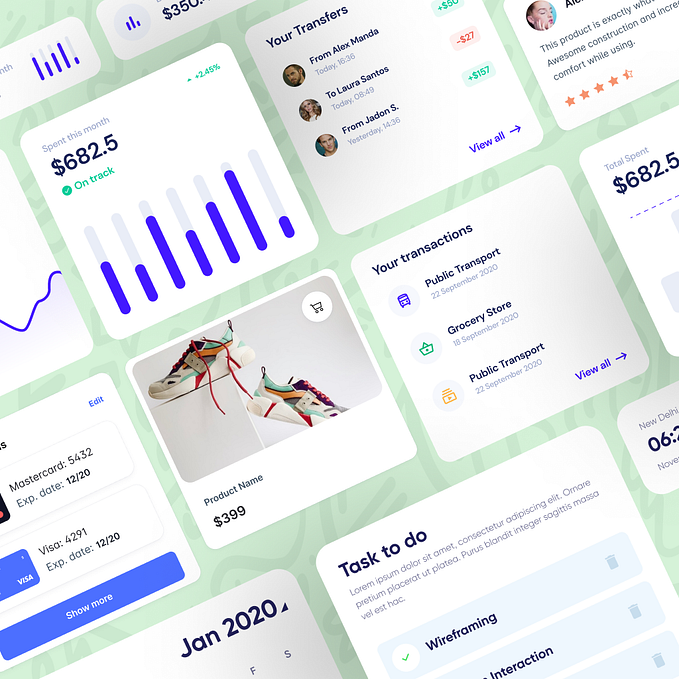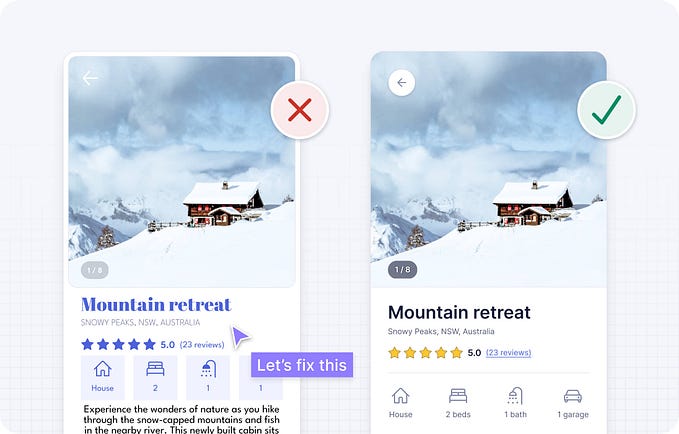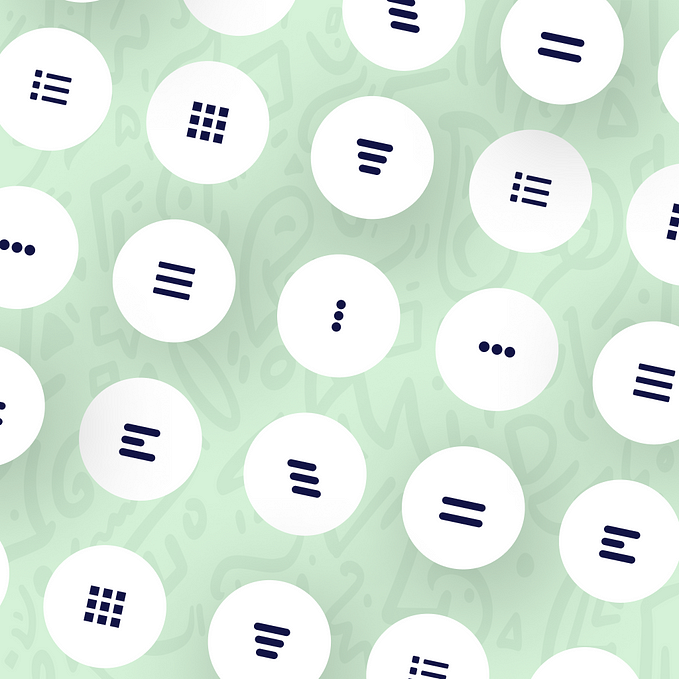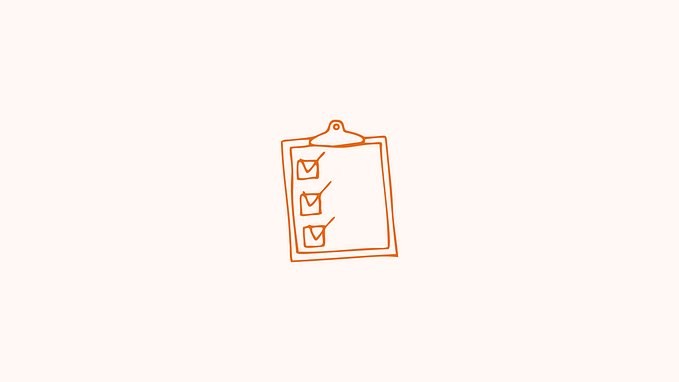UX for a better public transport
Using Design Thinking to improve bus accessibility

Context
Owned by Madrid City Council, the Empresa Municipal de Transportes de Madrid, also known as EMT, is the public limited company in charge of the public urban transport in the Spanish capital.
Almost every transport service in a large city suffers from daily traffic congestion and other related traffic issues; the EMT is certainly not an exception. As a result, a recent study has shown that the number of users is decreasing every year, and what is more worrying is that the overall satisfaction of the public has significantly dropped.
As a challenge, we were tasked to solve this problem by means of a digital solution.
To improve the satisfaction of people who use the bus to travel around the city daily, focusing on users suffering from disability and mobility problems.
Methodology
The first step was to define the methodology that was going to be used for the next two weeks, so that everyone in the team would pull together in the same direction. In particular, the problem was tackled using “The Double Diamond methodology”, which is a way to represent the design process in four steps: Discover, Define, Develop and Deliver.

Research week
Research questions
We compiled a list of several questions that needed to be answered to understand the issue at hand. These referred to the company, the business competitors and the users. They were then gathered together and timetables for each member of the team were set for the next few days.

Desk Research
The desk research provided us with a lot of information and helped us answer more research questions than initially expected. We found out about the average daily number of users of the EMT, the most used transport passes, the level of satisfaction of the customers and even the reasons why they opted out for other means of public transport.
We came across with a lot of user reviews in social media and created a concept map with all clients opinions and complaints that were repeated over and over again. We came to the conclusion that users had very similar frustrations:
- People are unhappy with the frequency and punctuality of buses.
- People traveling with strollers are dissatisfied in terms of accessibility and not knowing the occupation of the assigned sites.
- People think buses have accessibility problems.
- People complaint because buses only stop in the bus stop if called upon by rising their hand.
Benchmarking of other bus companies was carried out as well to achieve a better picture and find out what they are doing to improve their services.
Contextual observation
Once we pictured what the main problems were, we personally went down to the streets to see them with our own eyes. We went around doing several “Customer Safaris” and “shadowing” and observed the users in their context: waiting for the bus, traveling, etc. We also talked with them about the challenges they encountered and about their dissatisfaction.
Once more, the main conclusion was that users had very similar frustrations and we validated some ideas found on the desk research.
- They complaint about drivers braking too quickly.
- Elderly people and people with mobility difficulties tend to stand up a couple of bus stops before the one they want to get off so they have enough time.
- People complaint because buses do not stop in the bus stop unless it is called upon by rising their hand.
- They complaint about punctuality.
- They felt uncertain about the occupation of the bus they want to take.
- On a positive note, they were satisfied with the new information panels within the buses.
User survey
Eventually, we released a survey through social networks and on the internet to get as much data as possible. The purpose of the surveys was to compare users having different disabilities with the rest of the users. We were able to get 245 answers, which was really helpful.
Having gathered all the data, we were able to see which kind of users had more trouble and the differences between them so we that could clearly identify which problems we should focus on.
Interviews
With the research done so far and the answers obtained from the survey, we created a profile of people we needed to interview. At this point it was clear for us that it would be enough with two types of people to be interviewed:
- Someone who fits the average user of the EMT: a woman over 65 who lives in the city centre.
- A person with mobility problems who uses the bus as the first option when traveling in public transport.
The pain points we found in the interviews were slightly different from the ones we had found so far:
- They admitted they usually don’t know the number of tickets they have left in their transport pass and that was something that worries them because it’s not easy for them to look for a place where they can be topped up. Transport passes are usually topped up in subway stations, but it’s really hard for them to go down to the subway.
- They wanted to know the arrival time of the bus because they can’t spend much time standing waiting because of the physical pain.
- Tapping the transport pass in order to pay the travel fare in the bus is very stressful as they have limited stability and they usually require from a walking stick.
- If the bus is full of people and they can’t get a seat, then they don’t get on.
Having gathered all this information, we defined ours user personas: Mari Carmen and Merchi, the two ladies we were going to design a solution for. In order to empathize with them we created an empathy map and a customer journey for each of them.






The problems to solve were clear and our task was to improve Mari Carmen’s and Merchi’s experience when traveling by bus.
Ideation week
New Challenge
The second week was started in the same way as the first one: a schedule with specific deadlines was created and the work was split even.
The first thing to do was to define a goal for the week, so we redefined the challenge to solve according to the research findings.
Improving accessibility for users from the moment they arrive at the bus stop until the moment they get a seat on the bus.
HMW
We used the How Might We (HMW) method to start asking ourselves how might we solve the problem of our users. We considered different moments of the customer’s journey we could address: arriving at the the bus stop, waiting at the bus stop and getting on the bus.
Prioritization
Once we had all the HMW questions, we decided to prioritize those more relevant for the users using the MoSCoW method.

Ideation
Prioritization helped us clarify the problems to solve, but we needed to figure out HOW. We started brainstorming in such a way that each member of the team could offer their own vision. The ideas were then gathered by topics and we realized there weren’t so many different solutions. We decided to discuss which ones were more interesting and viable to solve and we agreed to select four ideas from which to develop a single product.
Solution
An interactive bus stop connected with the bus route, providing real time information about bus location and occupation, allowing the users to request the bus to stop, and allowing them to check how many tickets are left in their transport pass.
ON THE BUS
The bus would count with a GPS system that would be connected with the bus stops, so that users can check exactly where the bus is and, depending on the traffic, the time that it would take to reach the bus stop.
A new chip would be incorporated in the transport pass and a contactless reader would be located at the access door of the bus. Each time someone gets on the bus, the reader would check the pass the person carries within their belongings without the need to approach it to any reader.
Cameras located on the roof of the bus would count the number of people on the bus and would create a map of occupation in real time.
ON THE BUS STOP
Each bus stop would have two interactive boards at different heights so that they can be accessed by everyone. Each interactive board would offer information of the location an occupation of the bus.
Through the interactive board, users would be able to request the drivers to stop at the bus stop and to indicate that there is a person on a wheelchair waiting, so that the bus driver can open the ramp more efficiently and quickly.
In addition, users would be able to check the tickets they have left in their transport pass , and they would be able to top them upon with their contactless credit/debit card in just three steps.
Prototype
The team created the flowchart of the digital product in order to organize the information on each screen. The product had to be easily recognizable and easy to use for everyone with the minimal interactions.

After some wireframing, the prototype of the MVP was developed so that it could be tested before going further down in the development of a complete new technological bus stop.

The MVP is divided in three elements: tactile information panel, side panel with braille information and a transport pass reader.
During the process we had to get rid of some functionalities that we wanted to develop but were too difficult to solve:
- Reservation of seats and platforms for wheelchairs and strollers . The technology for this was too complicated and it could cause frustration in case it wouldn’t work properly.
- Payment of tickets over 20€. This is the amount of money that one can pay with a credit/debit card without needing to type in the secret code.
Once the solution was completely defined, we carried out a second customer journey where we could check how the experience of Mari Carmen and Merchi had improved.


SWOT and Business model
In order to analyze the viability of the product and understand what problems we could face as a company launching this product to the market, we carried out a SWOT analysis and came up with a business model canvas.
Conclusions
Through this project we have tried to solve the more urgent issues we have found during our research. However, this is just an MVP and the beginning of a new way to understand mobility around cities. In the near future, probably we could:
- Add an option that offers alternative and better routes to the destination.
- Study how to add the functionality to reserve seats.
- Include payment with mobile phones and over 20€
- Design a completely new bus stop that solves the architectural problems of accessibility.
- Increase functionalities developing a personalized app so that users can have all the information faster.
Thanks to the rise of new technologies, we can now substantially improve the day life of all citizens, but we should not forget to focus on the users and their needs when we design, especially those who have more troubles.










